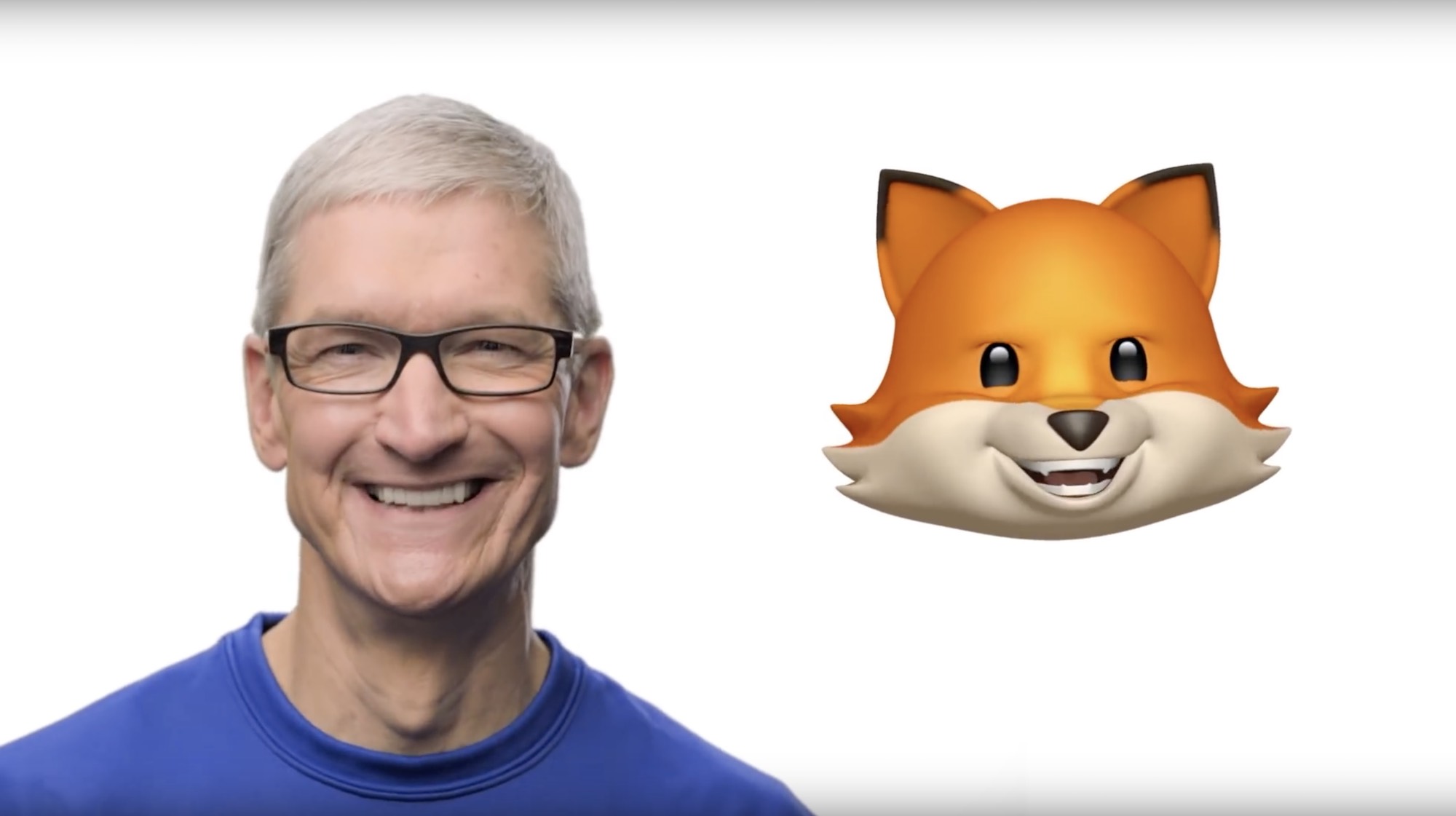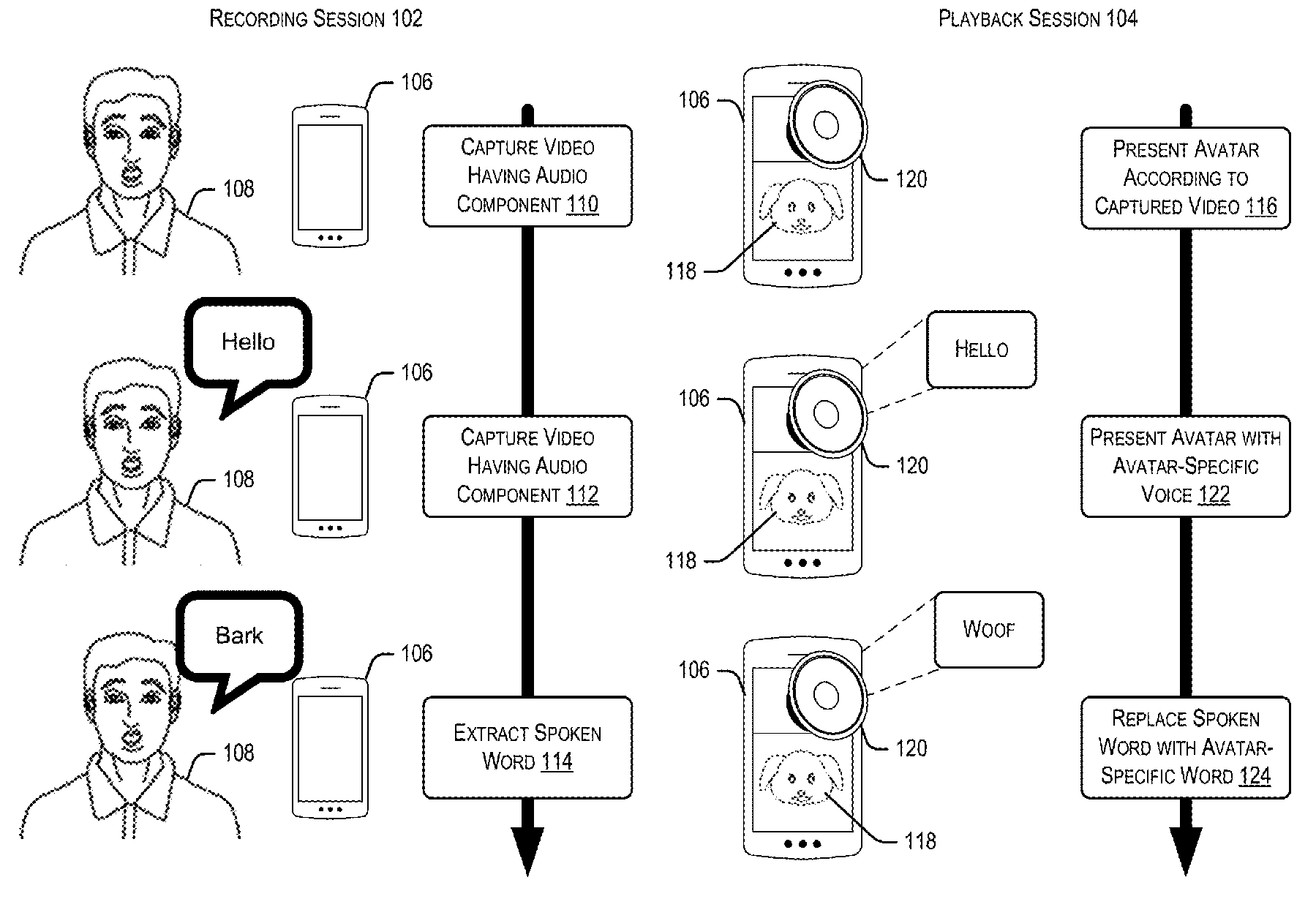
As evidenced by a recent Apple patent application published last week, a future version of the Animoji feature could play appropriate sound effects for each avatar that could be triggered easily by the user making specific facial expressions.
Filed on February 29 and published by the US Patent and Trademark Office on November 22, Apple’s patent for “Voice effects based on facial expressions” details altering an Animoji avatar by using special effects that the user can trigger with specific facial expressions.
AppleInsider explains:
According to the patent application, both the visual and audio elements are monitored for specific states, which can then be changed during the playback phase to something else. These states can include detected facial expressions, such as frowning, or even trigger words, which could trigger an effect.
Once triggered, the expression creates an effect that is applied to the character’s visuals or the audio section. The character could go through a predefined animation or be altered in certain ways while the expression is being made, while accompanying speech could be pitch shifted or replaced entirely.
For instance, you could make a dog Animoji bark by saying the word ”bark” (the patent drawing embedded below illustrates changing a user’s “woof” speech to a recording of a dog bark).

And if you frowned or growled, your dog avatar might transform into an angry dog. Apple’s invention even proposes reproducing any uttered words in a character-specific voice.
The Animoji features has received several improvements with the September 2018 iOS 12 release, including tongue and wink detection as well as user-created avatars, called Memoji.
Apple has been heavily promoting the Animoji feature in iPhone ads.
While gimmicky to some people, Animoji to others comes across as a fun way to spice up their conversations with cartoonish three-dimensional characters. Using the TrueDepth camera, the feature captures how the major muscles on your face move, which in turn allows the chosen avatar to animate in real time and closely mimic your own facial expressions.
Giving the Animoji characters their specific voices and making them do certain things when you make a specific facial expression should make the feature even more appealing.
Wouldn’t you say so?